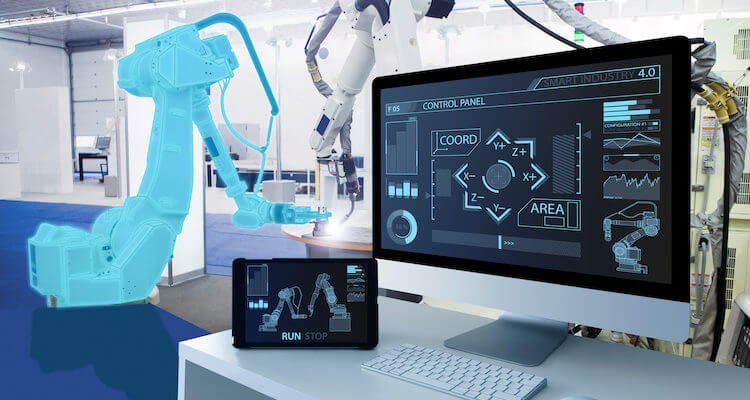Modern manufacturing environments increasingly rely on sophisticated human-machine interface technologies to maintain competitive operational efficiency. When you explore advanced industrial HMI panels, you’re examining systems that integrate multi-touch capacitive displays, real-time data processing capabilities, and industrial-grade environmental protection rated IP65 or higher. Current market leaders like Siemens, Rockwell Automation, and Schneider Electric offer panels with processing speeds exceeding 1.2GHz, supporting complex visualization algorithms and simultaneous communication protocols including Ethernet/IP, PROFINET, and Modbus TCP. These systems typically feature display resolutions up to 1920×1080 pixels with LED backlighting designed for 50,000+ hour operational lifespans under continuous industrial conditions.
Hardware Architecture and Processing Capabilities
Contemporary HMI panels incorporate ARM-based processors with dedicated graphics processing units that handle complex visualization tasks without impacting control system performance. Memory configurations typically include 4-8GB RAM with solid-state storage options ranging from 32GB to 256GB, depending on application requirements and data logging needs.
Display technology has evolved significantly, with most premium units utilizing projected capacitive touchscreens that maintain responsiveness through industrial gloves and resist chemical contamination. Optical bonding techniques eliminate air gaps between display layers, reducing reflection and improving visibility under varying ambient lighting conditions common in manufacturing environments.
Communication architecture supports multiple simultaneous protocol connections, enabling integration with diverse automation systems. Ethernet connectivity includes dual-port configurations for network redundancy, while serial communication ports maintain compatibility with legacy equipment. Some advanced models incorporate wireless capabilities including Wi-Fi 6 and Bluetooth 5.0 for mobile device integration and remote monitoring applications.
Environmental Durability and Certification Standards
Industrial HMI panels undergo rigorous testing to meet international certification standards including UL, CE, and FCC compliance. Operating temperature ranges typically span -20°C to +60°C for standard models, with specialized variants handling extreme conditions up to +85°C for applications near furnaces or heat treatment equipment.
Vibration resistance specifications follow IEC 60068-2-6 standards, ensuring operational stability in environments with mechanical equipment, conveyor systems, and heavy machinery. Shock resistance testing verifies continued functionality after impacts up to 30G acceleration forces, critical for mobile applications and environments with frequent equipment handling.
Electromagnetic compatibility testing ensures reliable operation in electrically noisy industrial environments with variable frequency drives, welding equipment, and high-power switching systems. Advanced shielding techniques and filtered power supplies maintain signal integrity and prevent interference with nearby sensitive electronic equipment.
Software Architecture and Development Platforms
Modern HMI development platforms utilize object-oriented programming approaches with drag-and-drop interface builders that accelerate application development cycles. Runtime engines support multiple programming languages including structured text, ladder logic integration, and high-level languages like C++ and Python for complex algorithmic implementations.
Database connectivity features enable real-time data exchange with enterprise resource planning systems, manufacturing execution systems, and cloud-based analytics platforms. SQL database support includes both local embedded databases and remote server connections with automatic failover capabilities for mission-critical applications.
Security architecture incorporates multiple authentication layers including user role management, encrypted communication protocols, and certificate-based device authentication. Advanced models support Active Directory integration and multi-factor authentication requirements for compliance with cybersecurity frameworks like NIST and IEC 62443.
Integration Capabilities and Scalability Features
Advanced HMI systems support distributed architecture deployments where multiple panels share common databases and visualization components. Centralized configuration management reduces maintenance overhead and ensures consistency across large installations with dozens of operator stations.
Cloud connectivity features enable remote monitoring and diagnostic capabilities through secure VPN connections and encrypted data transmission protocols. Edge computing integration allows local processing of time-sensitive operations while maintaining connectivity with enterprise-level systems for historical data analysis and predictive maintenance applications.
Scalability planning includes consideration of network bandwidth requirements, with typical installations consuming 10-50 Mbps depending on graphic complexity and update frequencies. Load balancing capabilities distribute processing tasks across multiple panels or dedicated server hardware for applications requiring high availability and redundant operation.
Read Also:- Cutting-Edge Data Centres

